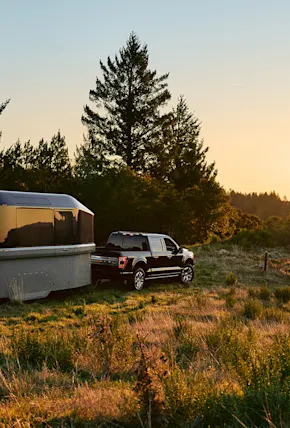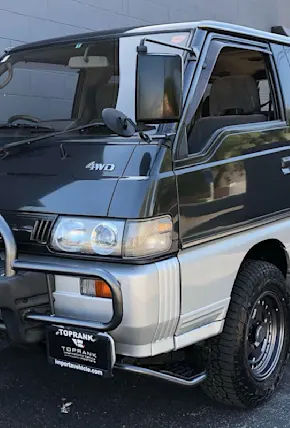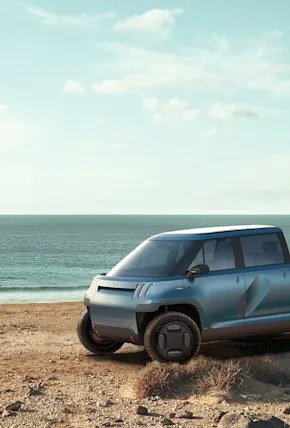Berne Broudy is a Vermont-based freelance writer, photographer, and fierce advocate for outdoor recreation. She serves on the boards of Richmond Mountain Trails, Vermont Mountain Bike Association, and the Vermont Huts Association.
It’s autumn verging on winter when I drive past my local RV dealer. The lot is full of campers parked and destined to remain so until t-shirt weather returns—most campers aren’t made for use in the cold and snow.
Most. But not all. “Loki campers are different,” says Pierre-Mathieu Roy, founder and president of the Loki Expeditions, which makes highly winterized truck campers.
Roy's entrepreneurial story is familiar: he wanted to use a camper in all seasons but he couldn’t find one that fit the bill. That inspired him to pivot his company’s production at the beginning of the pandemic from making trade show booths from shipping containers to designing and building all-season, hardshell campers.















